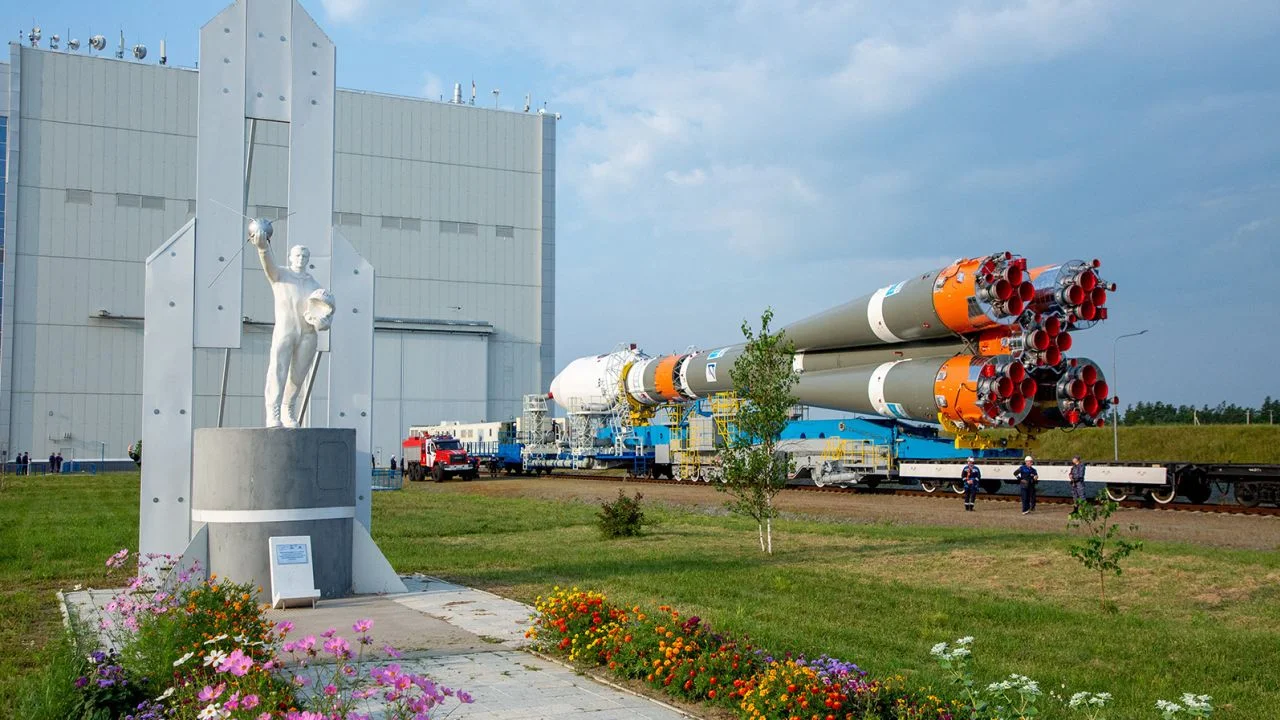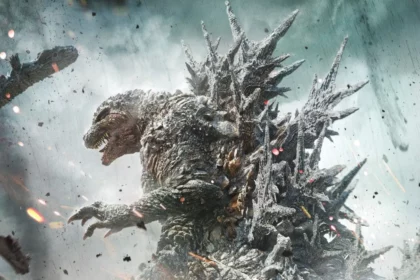Russia has reignited its lunar exploration efforts by successfully launching a moon-landing spacecraft, marking its return to the cosmic stage after a hiatus of nearly five decades. This ambitious mission is aimed at achieving a delicate landing on the lunar south pole, a region believed to house valuable deposits of water ice, with potential implications for future space endeavors.
The mission’s historical importance cannot be overstated, as Russia’s last foray into lunar exploration dates back to 1976. Now, faced with fierce competition from around the globe, particularly India’s Chandrayaan-3 lunar lander project initiated just last month, Russia’s endeavor to claim lunar supremacy has intensified. Notably, other major players like the United States and China are also stepping up their lunar exploration efforts, especially targeting the moon’s enigmatic south pole.
Powered by the thrust of a Soyuz 2.1v rocket, the Luna-25 spacecraft initiated its journey from the Vostochny cosmodrome, situated 3,450 miles (5,550 km) east of Moscow. The successful launch took place at 2:11 am Moscow time on a Friday, capturing the attention and excitement of space enthusiasts worldwide.
With anticipation building, all eyes are now on the forthcoming soft landing. Yuri Borisov, Russia’s space chief, has revealed plans for the Luna-25 craft to make contact with the lunar surface on August 21. This date does slightly deviate from the earlier suggested landing date of August 23, as put forth by Russia’s esteemed space agency, Roscosmos.
The Luna-25 spacecraft, with dimensions comparable to a small car, is primed for a mission duration of approximately one year on the moon’s southern pole. This region has fascinated scientists due to the detection of traces of water ice concealed within its shadowed craters. The potential presence of water ice bears profound significance for future lunar bases and the trajectory of space exploration.
Beyond the scientific significance, Russia’s lunar mission carries broader implications. Despite facing international sanctions stemming from the Ukraine conflict, Russia’s aerospace sector stands resilient. The successful launch highlights the nation’s capacity for space exploration and asserts its self-reliance, especially considering the strained relations with Western counterparts.
Professor Asif Siddiqi, hailing from Fordham University, emphasized that Russia’s lunar aspirations are interwoven with its global status ambitions. He elucidated, “Russia’s aspirations towards the moon are a mix of various factors, primarily reflecting its projection of national power on the global stage.”
While Neil Armstrong’s iconic moonwalk in 1969 etched itself into history, the Soviet Union’s Luna-2 mission had already reached the moon’s surface in 1959. The subsequent Luna-9 mission’s soft landing achievement in 1966 marked a pivotal milestone. After a significant focus on Mars exploration, Russia’s renewed lunar venture signals its re-engagement with the captivating field of lunar exploration, adding a new chapter to its cosmic exploration endeavors.




